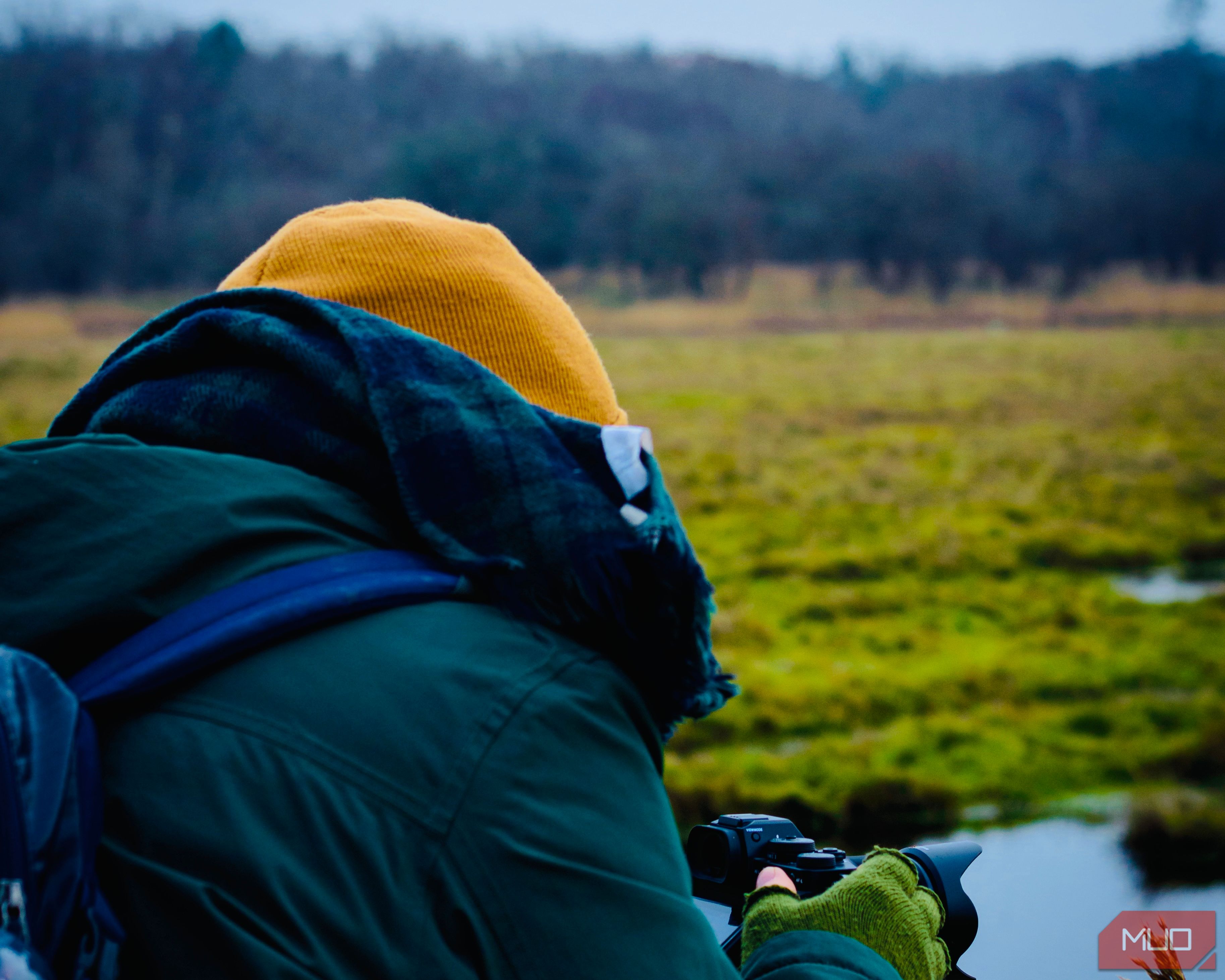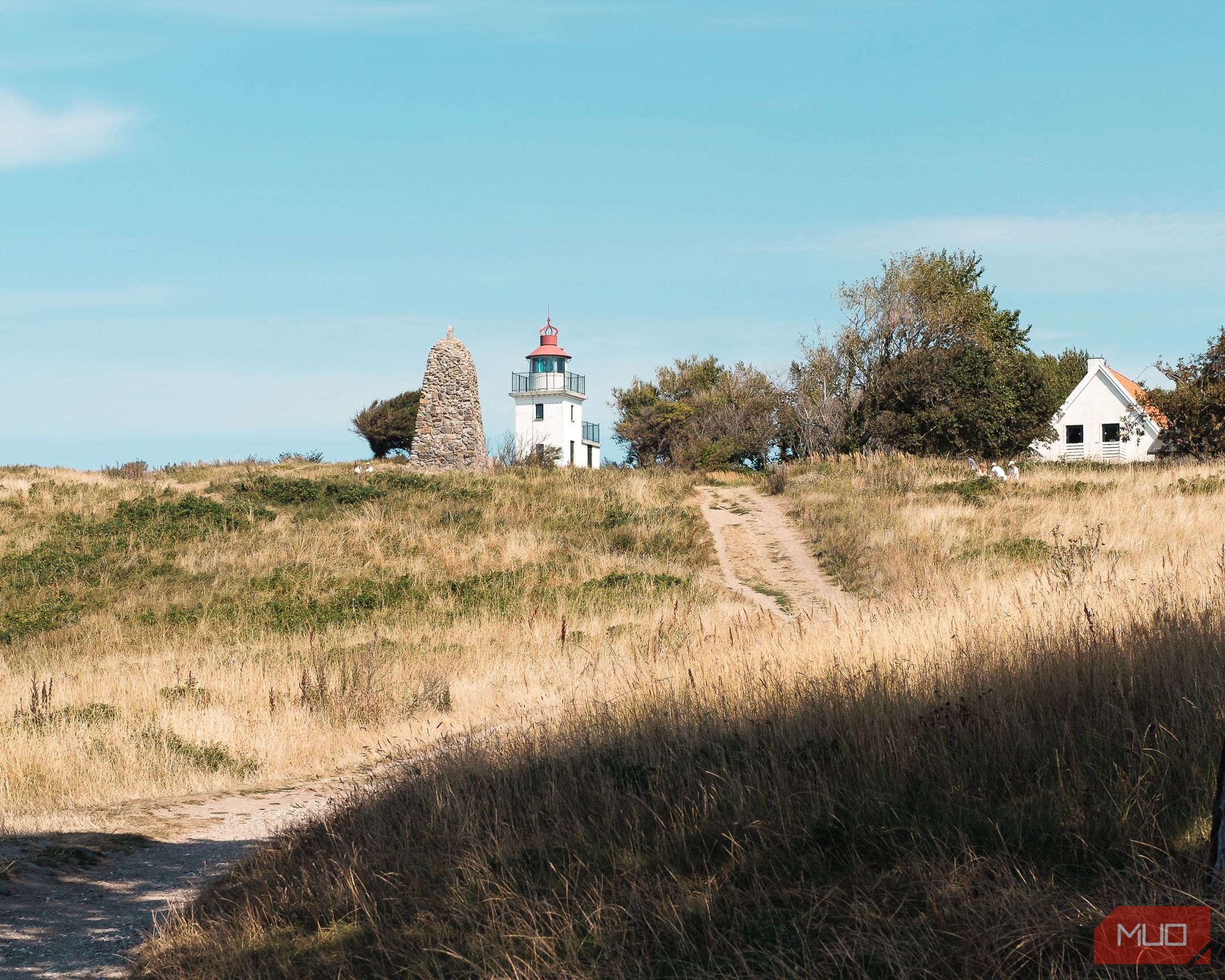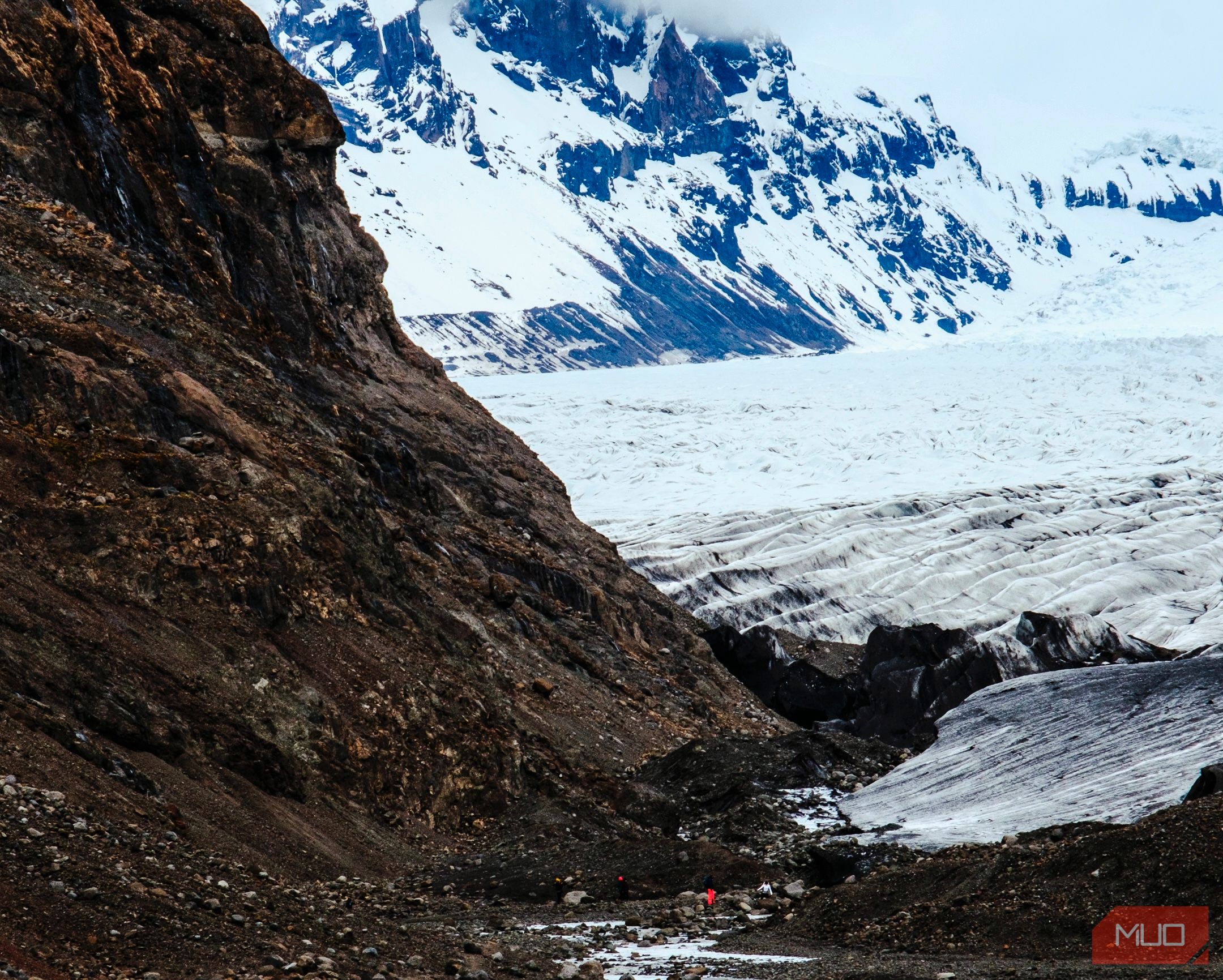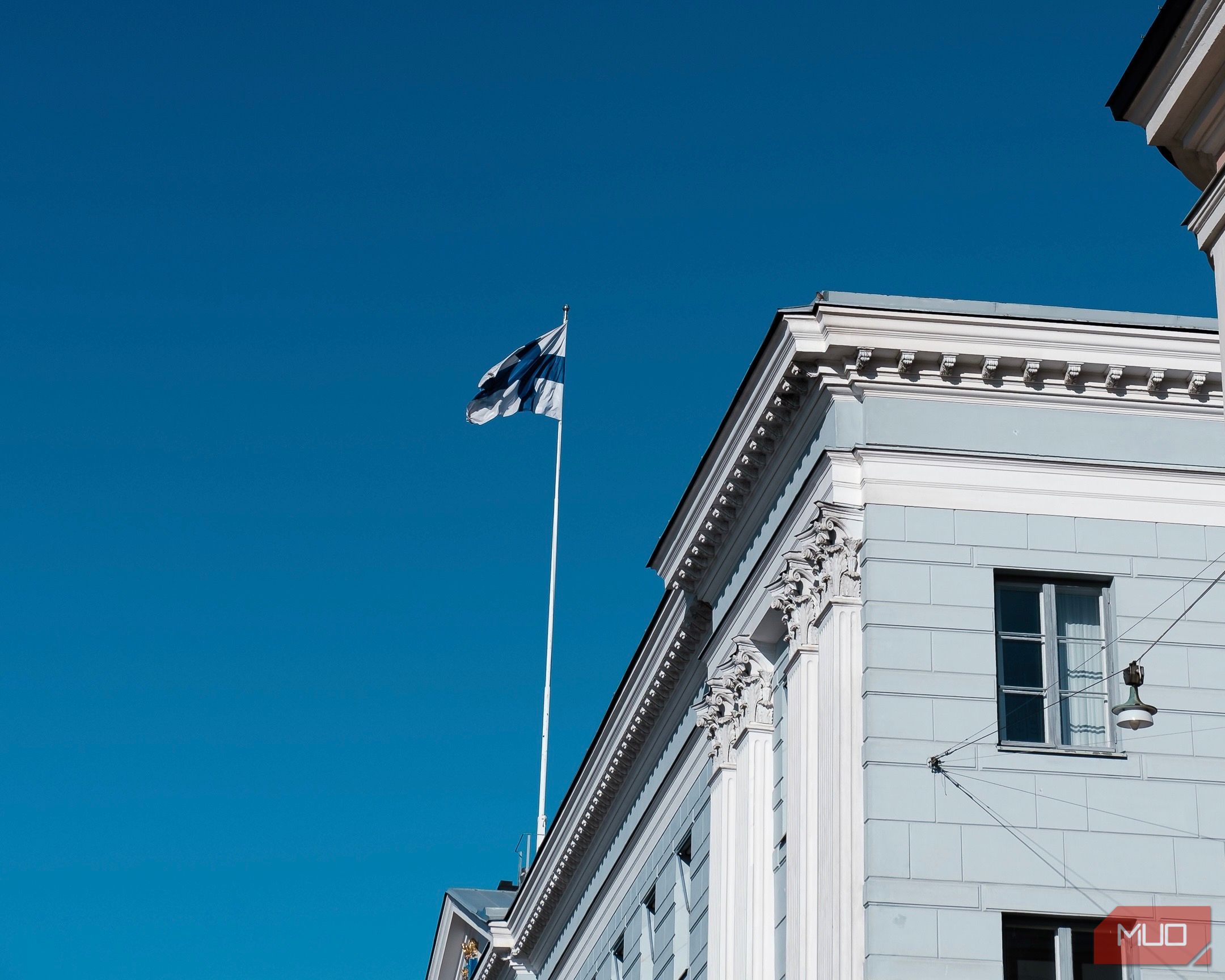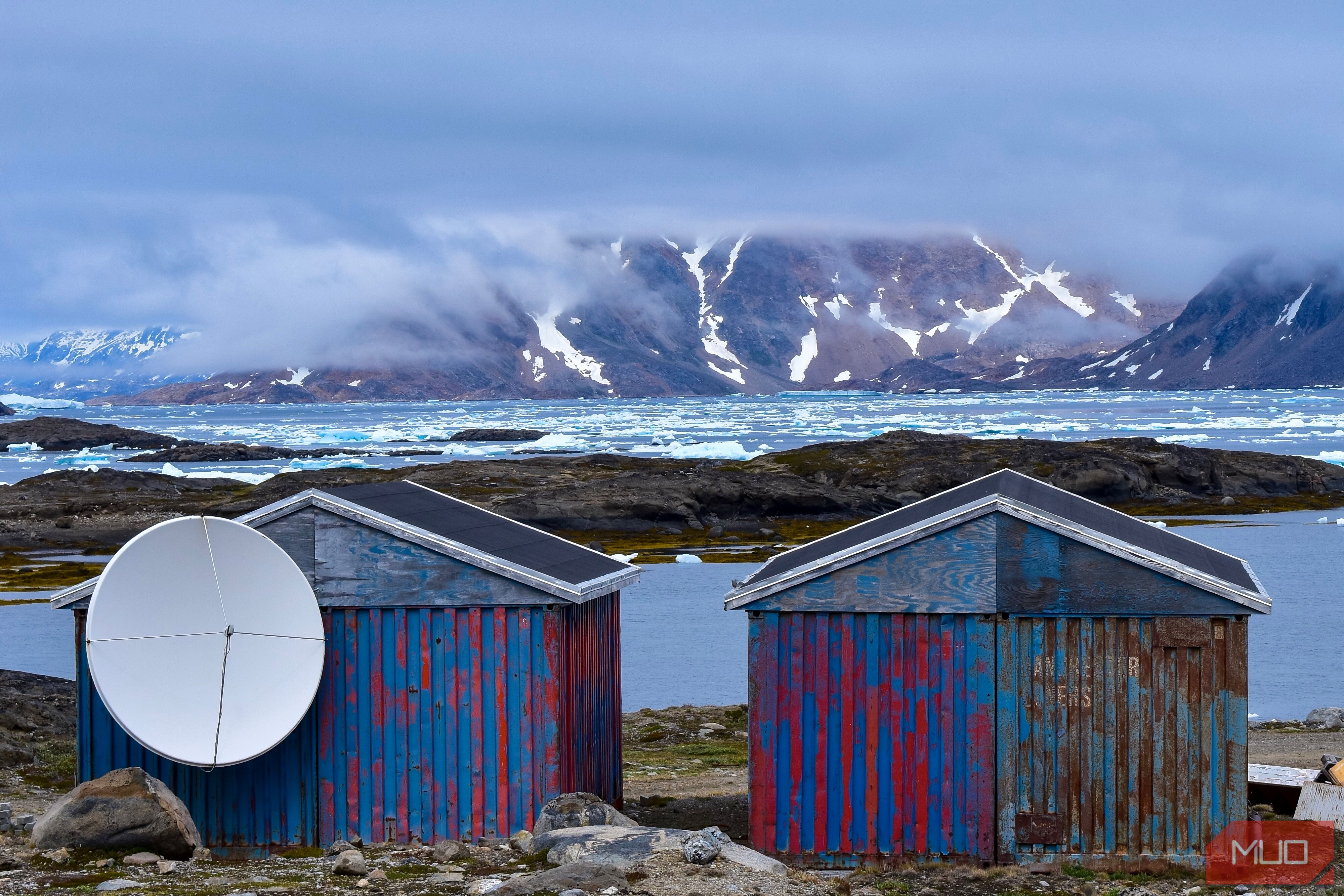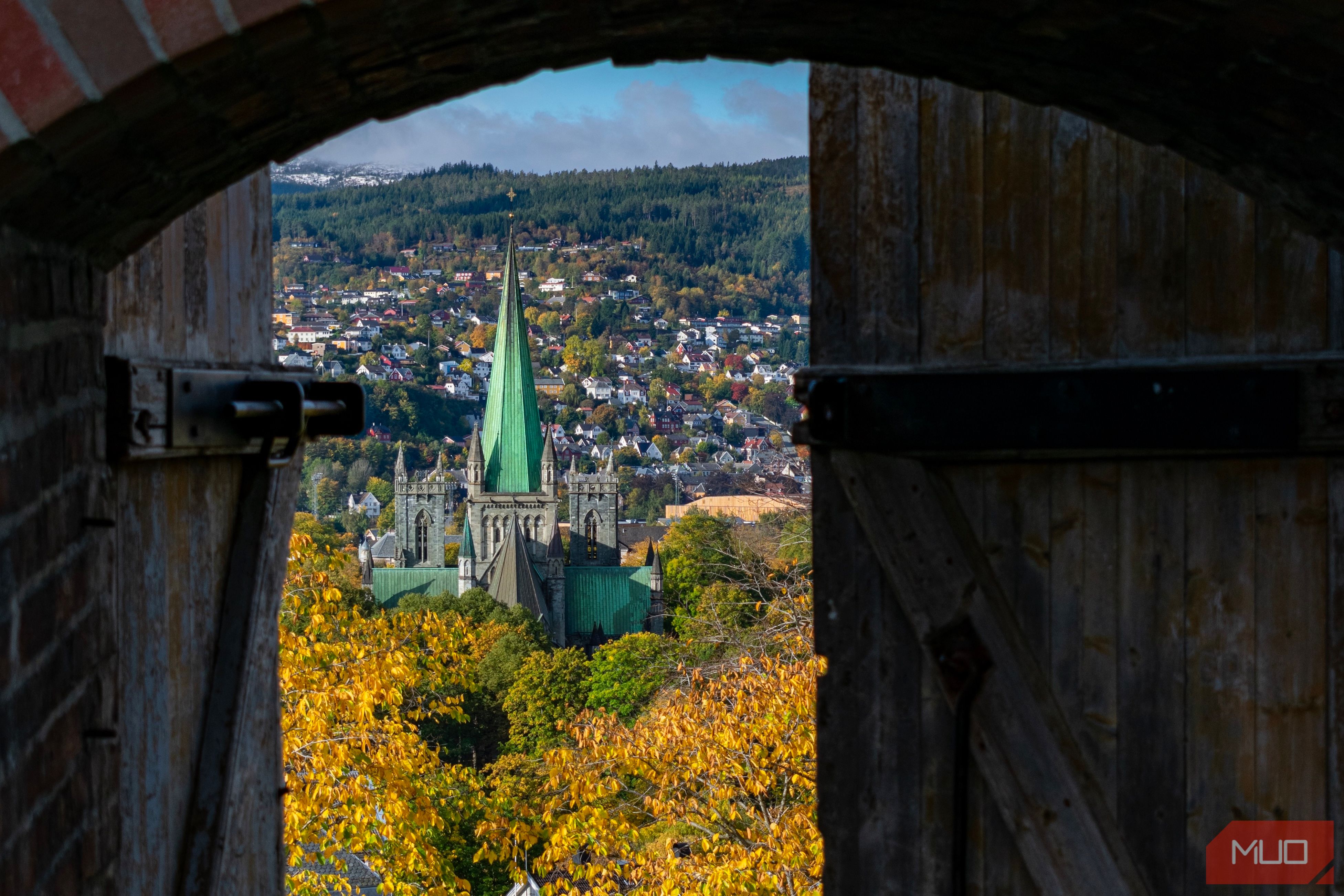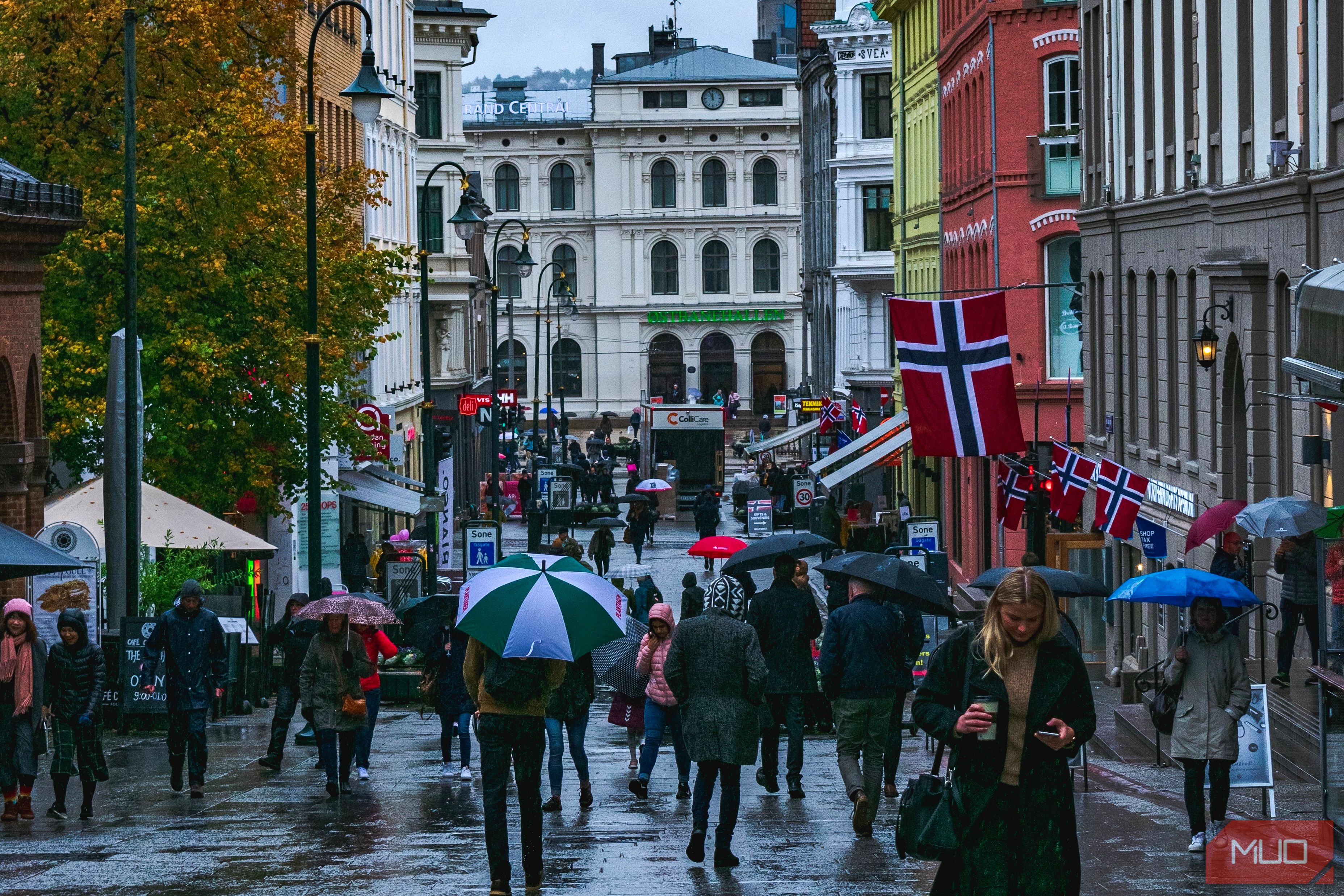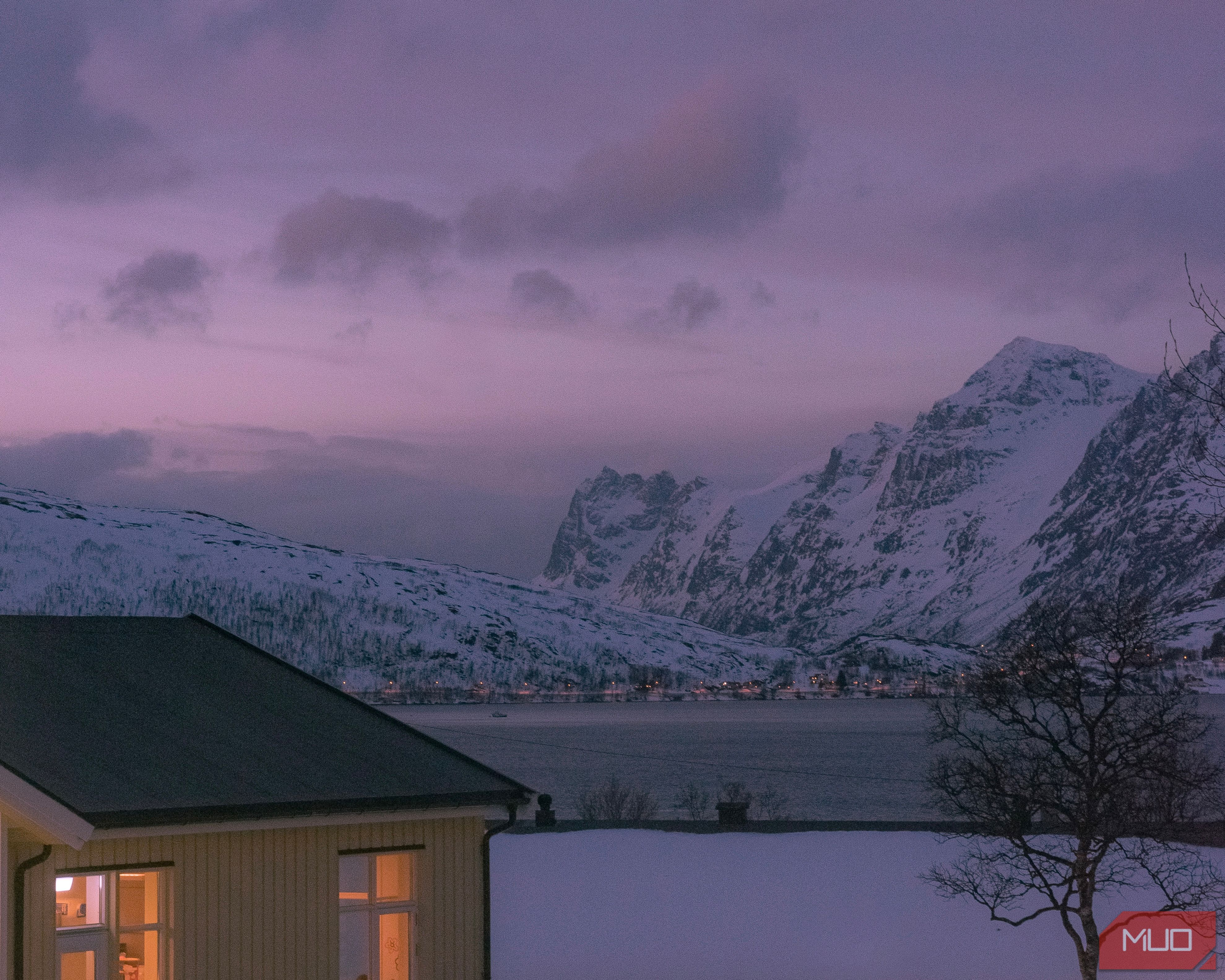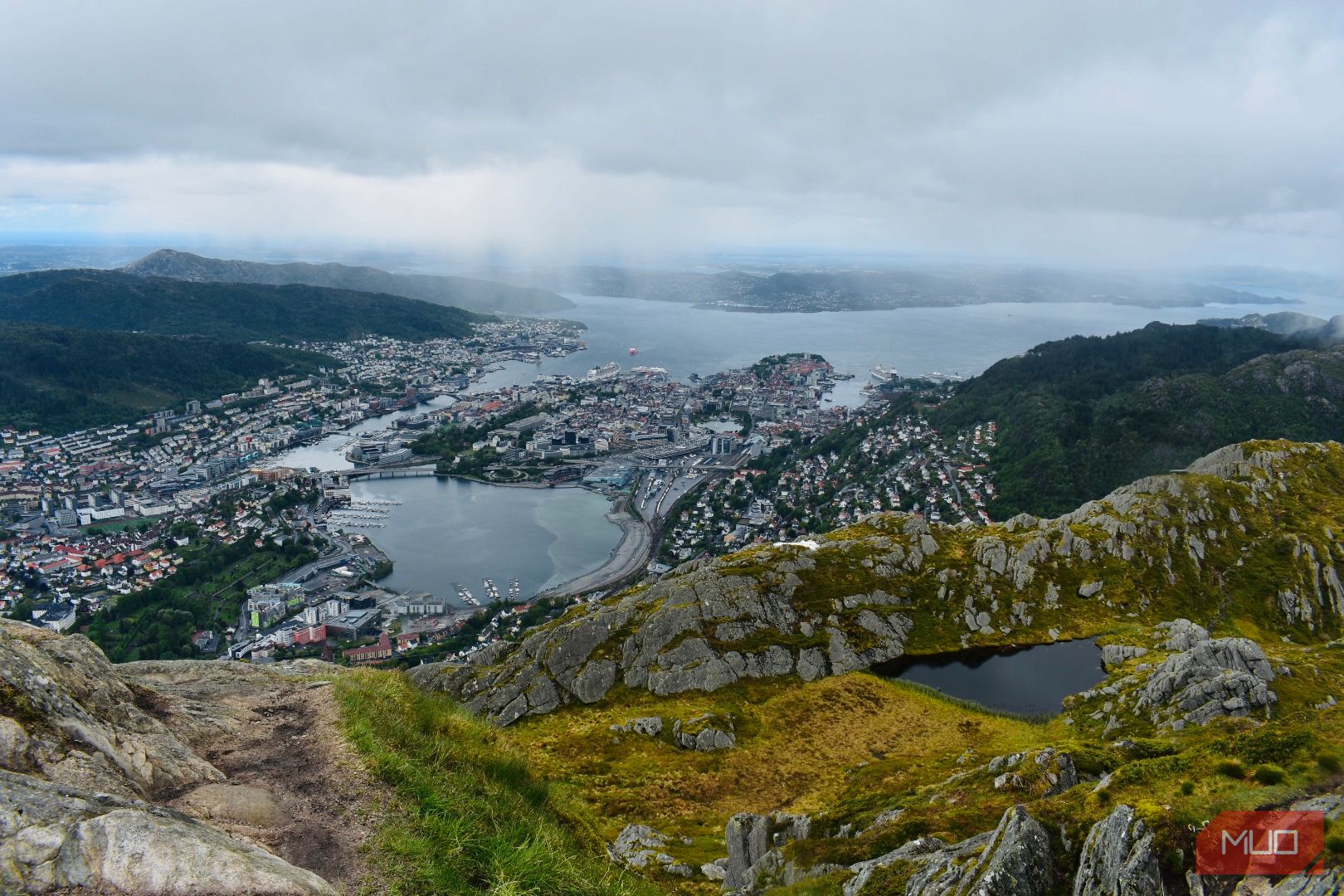Smartphone cameras are incredibly convenient, but they have their limits. After capturing over 10,000 photos with both my phone and DSLR, my DSLR still takes amazing shots that a smartphone simply can’t replicate.
1
A Portrait in Nature
I love including other people in my pictures, especially when they’re friends and family. I took this picture while on a winter hike, and I liked how my friend’s outfit matched the colors of his surroundings.
Although it’s possible to elevate smartphone shorts with Portrait Mode, my DSLR was still a better choice here. The main subject has more detail than I could manage with a smartphone, and the background would have been blurrier than I’d have liked. Moreover, the colors wouldn’t have looked the same; my DSLR is generally better at producing more vibrant ones.
2
A Sunny Day at the Beach
My DSLR is typically better at capturing faraway shots than my iPhone in much more detail. Images from this device are also better for cropping. I took the picture below with a 35mm lens, and despite being cropped multiple times, it still looks good.
Sometimes, my smartphone is poor at capturing textures and details. My DSLR, on the other hand, did a great job at making the grass and footpath look in focus. The camera also performed better than my phone with harsh lighting, though you can make harsh lighting work for your smartphone photos.
3
Glaciers and Mountains
Smartphone cameras are fine for general landscape shots, but their lack of versatility is limiting for more creative shots. For example, I took this image while on holiday in Iceland and hiking in a national park. I wanted to capture the person in the red jacket and demonstrate the glacier and mountain’s scale.
I could never have taken anything close to this with my smartphone camera. Firstly, I needed a 16-80mm lens to zoom in; we stood quite far back when I took this photo. If I had tried zooming in this far on my phone, the picture would’ve lacked significant detail.
My smartphone also wouldn’t have been as good at capturing smaller details, such as the tiny stream close to the person.
4
A Flag Moving in the Wind
I’ve taken many great flag photos on my phone, but they’re never as good as the ones I take on my camera. The flags often look flat in my smartphone pictures.
I used a prime lens to take this picture, but I would’ve needed to zoom in with a smartphone. My phone wouldn’t have captured the flag’s small details, and I wouldn’t have been able to use this composition.
My camera also captured the sky’s colors better than my smartphone, and the contrast was significantly better.
5
Close-Up of Houses
I took this picture on a trip to Greenland in 2019, and it’s still one of my all-time favorites. My DSLR perfectly photographed the mountain in the background, and I also like how the ice floating on the water is clearly visible.
Since I used a 50mm lens and couldn’t get much closer, I’d have been limited with my smartphone. Plus, the mountains would’ve been less visible if I had gotten closer with my phone.
My camera was also able to pick up these houses’ wooden details well. The picture probably has a bit too much color, as it was less blue in real life. Nonetheless, I could’ve edited in Lightroom if I wanted.
6
Taking a Photo Through an Object
I took the picture below on a trip to Norway; I was in a city and wanted to capture the skyline from a unique perspective. I’ve taken pictures through objects with my smartphone before, but it wouldn’t have worked this time.
Firstly, the main subject—which is the cathedral—is too far away for my phone to catch the fine details. With my camera, on the other hand, the building looks in focus. I also had to use Manual Mode because I was standing in the shade and didn’t have much light. Controlling these levels, beyond shifting the brightness slider, would’ve been more challenging.
7
A Street Photo on a Rainy Day
Despite turning rainy days into smartphone photography opportunities, I still prefer reaching for my DSLR when the sky turns gray. I could capture everyone’s umbrellas in more detail with my camera, and I also used a long enough focal length to photograph the entire street.
Because I could adjust the shutter speed, my camera caught the raindrops as they fell. My smartphone, on the other hand, would have made them blurry.
8
A Zoomed-in Landscape Photo
I took the picture below with a 50mm lens during the Polar Night. This was before I bought a smartphone with good low-light capabilities (I had an iPhone 8 Plus at the time), and the mountains were too far anyway, so my DSLR was the only option.
Because I didn’t have a good tripod, I needed to boost the ISO to 1,600. Despite the grain, this image is still better than what I could have achieved with my smartphone. I also like how my camera photographed the sky’s details. The colors are also better than those on my smartphone; I later tried a video on my smartphone, and it didn’t look nearly as vibrant.
9
A City From Above
While I used my phone to capture shots on a smaller mountain nearby, it fell short when I tackled a taller one. With my DSLR, I captured incredible detail of the city below, even from a distance. I also like how my camera caught the rocks and ponds close to me.
I also needed to adjust my aperture to f/11 for the picture above, which I couldn’t do on my phone without using Portrait Mode. My iPhone at the time normally took pictures at less than f/2, which wasn’t enough for this scene.
You still don’t need a DSLR if you’re a casual photographer, but getting one is wise if you want more versatility. Some images from full cameras can’t be replicated on a smartphone; knowing your phone’s limitations will help determine whether you need one. Detail, aperture, and shutter speed are the three main elements that your device can’t replicate.

